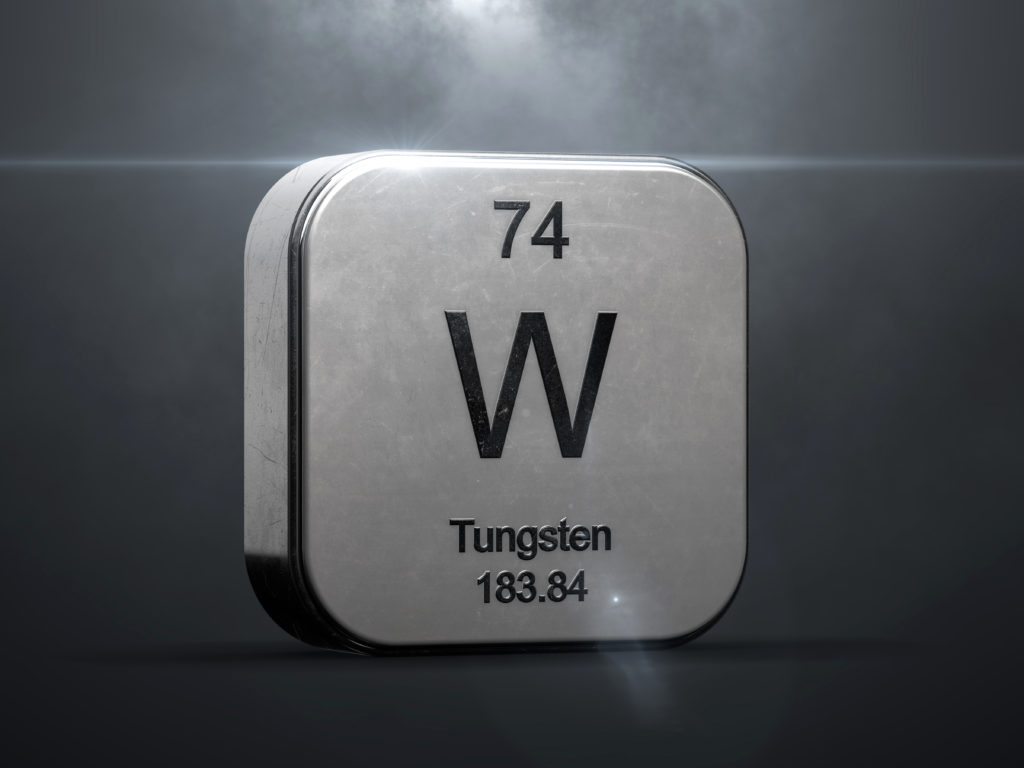China claims to have achieved a technological feat that was thought impossible: it has used stainless steel (and a lot of ingenuity)

- The cost of hypersonic missiles often skyrockets due to expensive high-strength materials
- Chinese researchers have found a way to use widely available steel
Now, Chinese researchers claim to have found a way to use steel in the nose cone of a hypersonic missile. This would be a significant achievement for several reasons. Firstly, because it was considered an almost impossible alternative. Secondly, because it could result in cheaper projectiles.
An alternative to tungsten ‘Made in China and for China’

Tungsten alloys are considered one of the most suitable alternatives for coating the parts of hypersonic vehicles that get hottest. The higher the speed, remember, the higher the temperature that the aircraft or missiles must withstand. Tungsten has a melting point of 3,422 °C, which makes it special .
The problem? When we talk about tungsten, we are referring to a metal that is not only rare, but also expensive and heavy. Although Chinese companies control 85% of the world’s production of this metal, the People’s Liberation Army (PLA) is considering cheaper and more viable alternatives.
The information comes from SCMP , which reports that a group of researchers from the Beijing Institute of Technology led by Professor Huang Fenglei have unveiled the design for a hypersonic anti-ship glide missile whose nose cone is made of widely available stainless steel.
But reaching this milestone, they say, has been no easy feat. A hypersonic missile can reach temperatures exceeding 3,000°C at certain points in its flight. Steel, however, begins to deform around 1,200°C. To address this limitation, the researchers say they have developed a thermal protection system.
A hypersonic missile can reach temperatures of over 3,000°C in flight.

It involves adding a layer of ultra-high-temperature ceramic to the steel casing of the hypersonic missile. Beneath it would be a 5mm layer of a thermal insulator called aerogel. The result? A structure so effective that it aims to be able to be used in Mach 8 hypersonic missiles .
Huang, it should be noted, is directly involved with China’s defense sector. SCMP notes that he is deputy director of research for a classified military program, technical advisor to the Central Military Commission, and, if that weren’t enough, deputy head of a technical unit in the PLA’s Equipment Development Department.




